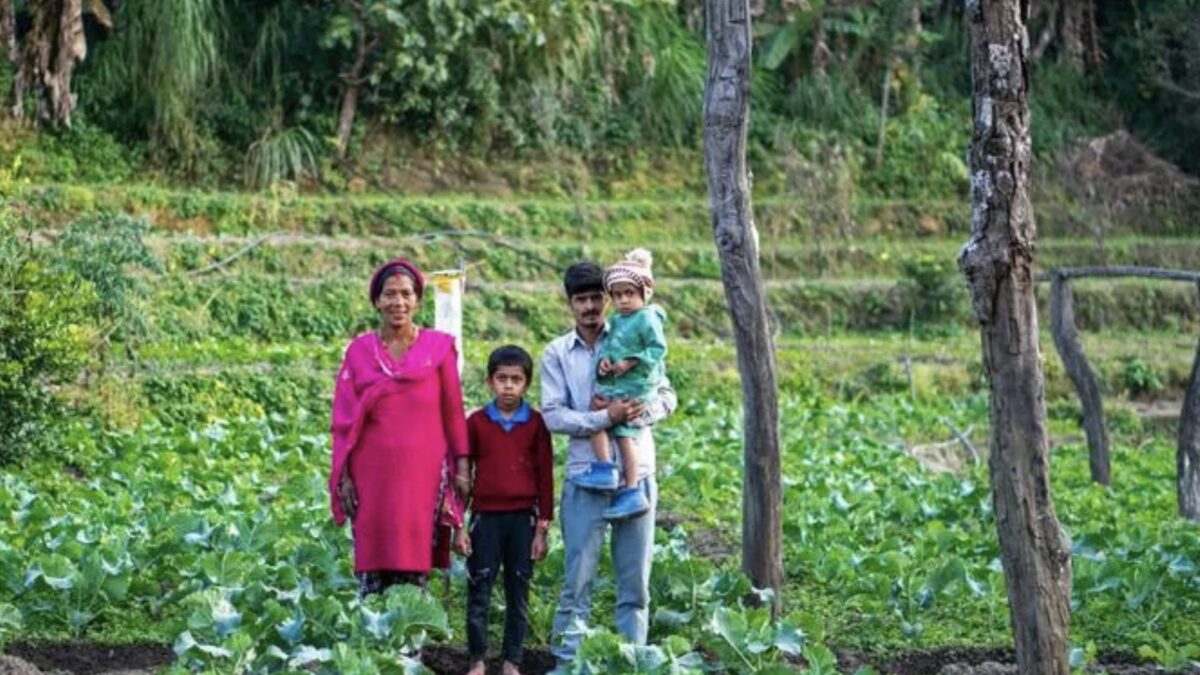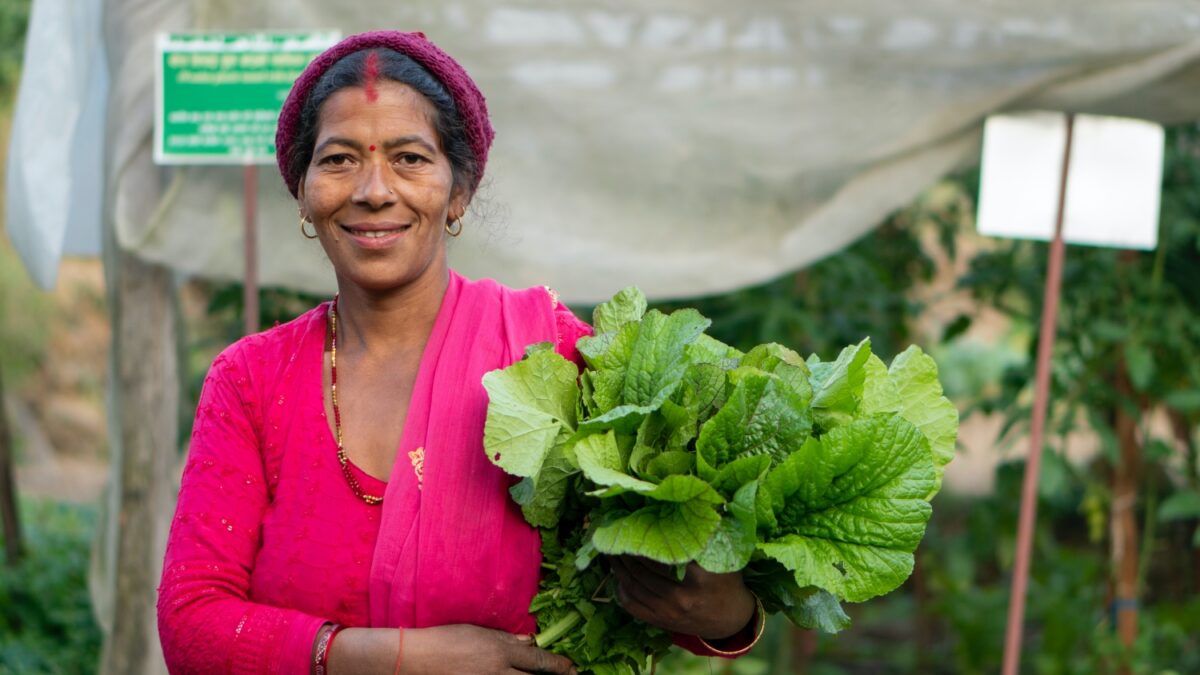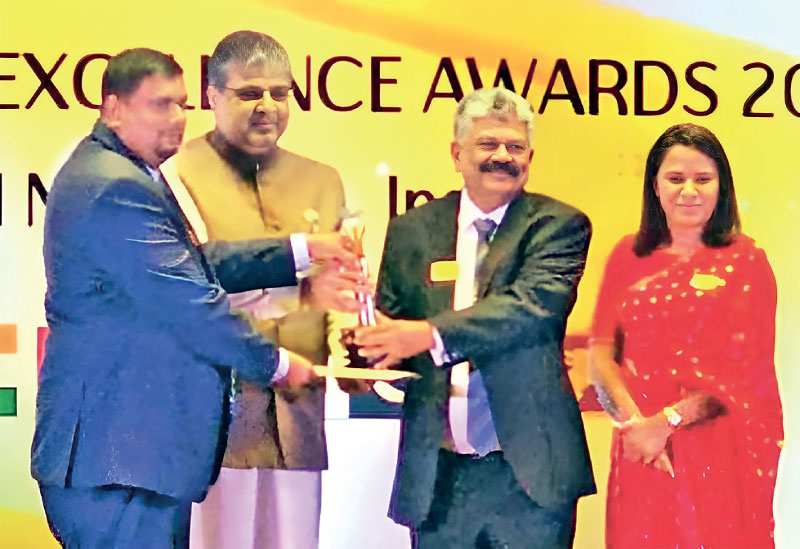
Friday, 7 February 2025
Leema clinches South Asian Business Excellence Award

Tuesday, 21 January 2025
Sri Lanka’s south coast crowned as winter’s hottest travel destination by Vogue
- In a dazzling spotlight on Sri Lanka’s allure, Vogue has names the island’s south coast as the must-visit destination this winter, capturing the hearts of wanderers with its unspoiled beaches, vibrant wildlife, tranquil tea estates and immersive cultural experiences.
- Through a vivid feature titled ‘Waves to Wildlife, Tea to Tranquility: Sri Lanka’s south coast is this winter’s hottest destination’ penned by Christine Chitnis, the international lifestyle magazine portrays the southern stretch as the ultimate haven for those seeking warmth, adventure and serenity during the colder months.
- The feature published on 8 January, unfolds a sensory journey through Sri Lanka’s diverse landscapes and its enduring spirit of resilience. Chitnis, a renowned photographer and travel journalist explores the south coast’s myriad of natural offerings, where luxury and adventure harmoniously converge.
- “Sri Lanka’s landscapes are vast and varied, welcoming and wild. This island nation of 22 million is a place where leopards slip like a whisper through the undergrowth, blue whales breach offshore, tea estates paint the hill region a lush green, and ancient Buddhist and Hindu temples whisper stories of centuries past. In the coastal towns, surfers line the golden sand beaches and tuk-tuks zip along twisting roads, their horns blending with the rhythmic clink of fishmongers’ knives and the sizzle of hoppers frying in street stalls. Plates heaped with rice and aromatic curries showcase the island’s culinary riches, while orange king coconuts are cracked open and offered as a sweet, refreshing balm to the humid heat,” she described.
- (https://www.vogue.com/article/sri-lanka-south-coast-travel) Sri Lanka’s south coast crowned as winter’s hottest travel destination by Vogue | Daily FT
Thursday, 21 November 2024
Japan hammer Indonesia to edge closer to World Cup spot

Thursday, 19 September 2024
Men's hockey team returns to India after winning Asian Champions Trophy

Tuesday, 28 May 2024
Dipa Karmakar becomes first Indian gymnast to win gold medal at Asian Championships

Wednesday, 1 May 2024
In Nepal, families that farm together stay together
Monday, 29 April 2024
Heat Wave Turns Very Severe In Some Parts Of Bangladesh
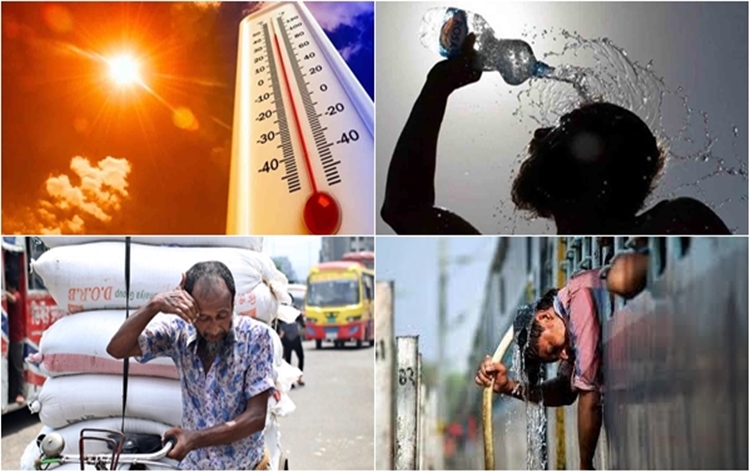
Sunday, 28 April 2024
Taiwan Hit By 10 Earthquakes Of Varying Magnitudes, With Strongest Reaching 6.1

Wednesday, 24 April 2024
Despite ‘model minority’ trope, 1 in 10 Asian Americans live in poverty
 NYC Census 2020 holds a rally outside the Flushing Library, with elected officials and community-based nonprofits. Deputy Director, Amit Singh Bagga, is seen being interviewed here, talking about the dire importance of the 2020 Census to our communities in terms of funding and representation. Photo courtesy Varsha Mathrani
NYC Census 2020 holds a rally outside the Flushing Library, with elected officials and community-based nonprofits. Deputy Director, Amit Singh Bagga, is seen being interviewed here, talking about the dire importance of the 2020 Census to our communities in terms of funding and representation. Photo courtesy Varsha MathraniMonday, 25 March 2024
The Surging South Asian Audience in the USA: Shaping Media and Economy for a New Era

Wednesday, 6 March 2024
Nuclear output to reach new record by 2025, says IEA

Tuesday, 5 March 2024
WTO conference ends in division and stalemate – does the global trade body have a viable future?

The 13th World Trade Organization (WTO) ministerial conference in Abu Dhabi has failed to resolve any issues of significance, raising the inescapable question of whether the global trade body has a future.
The three-day meeting was due to end on February 29. But late into a fourth extra day, the 164 members were struggling to even agree on a declaration, let alone the big issues of agriculture, fisheries and border taxes on electronic commerce.
The closing ceremony was sombre, and the ministerial declaration bland, stripped of the substantive content previously proposed. Outstanding issues were kicked back to the WTO base in Geneva for further discussions, or for the next ministerial conference in 2026.
Briefing journalists in the closing hours, an EU spokesperson noted how hard it would be to pick up the pieces in Geneva after they failed to create momentum at the ministerial conference. She predicted:
[Trade] will be more and more characterised by power relations than the rule of law, and that will be a problem notably for smaller countries and for developing countries.
Restricted access
That imbalance is already evident, with power politics characterising the conference from the start.
There were accusations of unprecedented restrictions on non-governmental organisations (NGOs) registered to participate in the conference. These bodies are crucial to bringing the WTO’s impacts on farmers, fishers, workers and other communities into the negotiation arena.
A number of NGOs have submitted formal complaints over their treatment by conference host the United Arab Emirates. They say they were isolated from delegations, banned from distributing papers, and people were arbitrarily detained for handing out press releases.
Critical negotiations were conducted through controversial “green rooms”. These were where the handpicked “double quad” members – the US, UK, European Union, Canada, China, India, South Africa and Brazil – tried to broker outcomes to present to the rest for “transparency”.
Influence of power politics
These powerful countries largely determined the outcomes (or lack of them). The US, historically the agenda-setter at WTO ministerial conferences, appeared largely disinterested in the proceedings, with trade representative Katherine Tai leaving early.
The final declaration says nothing about restoring a two-tier dispute body, which has been paralysed since 2019 by the refusal of successive US Republican and Democratic administrations to appoint new judges to the WTO’s appellate body.
The EU failed to secure progress on improvements to the appeal process. Likely Republican presidential nominee Donald Trump has already announced he would impose massive WTO-illegal tariffs on China if elected.
China, Japan, the US and EU – all big subsidisers of distant water fishing fleets – blocked an outcome aiming to protect global fish stocks, an issue already deferred from the last ministerial meeting.
The six Pacific Island WTO members lobbied tirelessly for a freeze and eventual reduction in subsidies. But the text was diluted to the point that no deal was better than a bad deal.
The EU, UK, Switzerland and other pharmaceutical producers had already blocked consensus on lifting patents for COVID-19 therapeutics and diagnostics, sought by 65 developing countries. A deal brokered in 2021 on COVID vaccines is so complex no country has used it.
Domestic and global agendas
India’s equally uncompromising positions also reflected domestic priorities. The 2013 Bali ministerial conference promised developing countries a permanent solution to prevent legal challenges to India’s subsidised stockpiling of food for anti-hunger programmes.
A permanent solution was a red line for India, which faces an election next month and mass protests from farmers concerned at losing subsidies.
Agricultural exporters, including New Zealand, tabled counter-demands to broaden the agriculture negotiations. The public stockpiling issue remains a stalemate, without any real prospect of a breakthrough.
India and South Africa formally objected to the adoption of an unmandated plurilateral agreement on investment facilitation.
The concerns were less with the agreement itself and more with the precedent it would create for sub-groups of members to bypass the WTO’s rule book. This would allow powerful states to advance their favoured issues while developing country priorities languish.
Crisis and transformation
The face-saver for the conference was the temporary extension of a highly contested moratorium on the right to levy customs duties at the border on transmissions of digitised content.
Securing that extension (or preferably a permanent ban on e-commerce customs duties) on behalf of Big Tech was the main US goal for the conference. Developing countries opposed its renewal, so they could impose tariffs both for revenue and to support their own digital industrialisation.
The moratorium will now expire in March 2026, so the battle will resume at the next ministerial conference scheduled to be held in Cameroon that year.
But there is every likelihood the current paralysis at the WTO will continue, and the power politics will intensify. As the previously quoted EU spokesperson also mused:
Perhaps the WTO needed a good crisis, and perhaps this will lead to a realisation that we cannot continue like this.
Ideally, that would result in a fundamentally different international institution – one that provides real solutions to the 21st century challenges on which the WTO is unable to deliver.![]()
Jane Kelsey, Emeritus Professor of Law, University of Auckland, Waipapa Taumata Rau
This article is republished from The Conversation under a Creative Commons license. Read the original article.
Monday, 19 February 2024
Urban Island Experiences unlock North American luxury traveller market with strategic offer designed for Canada

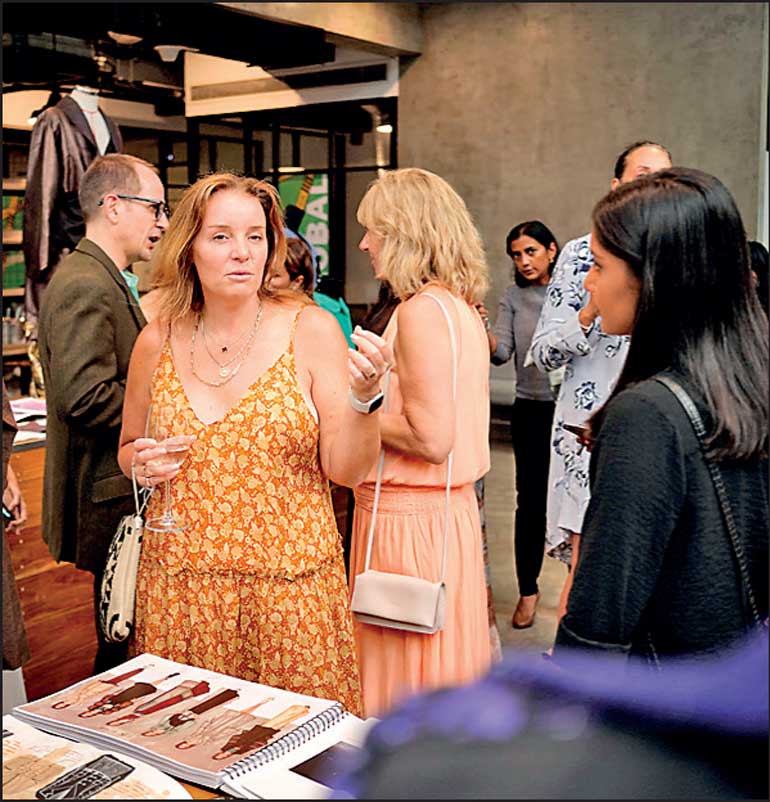

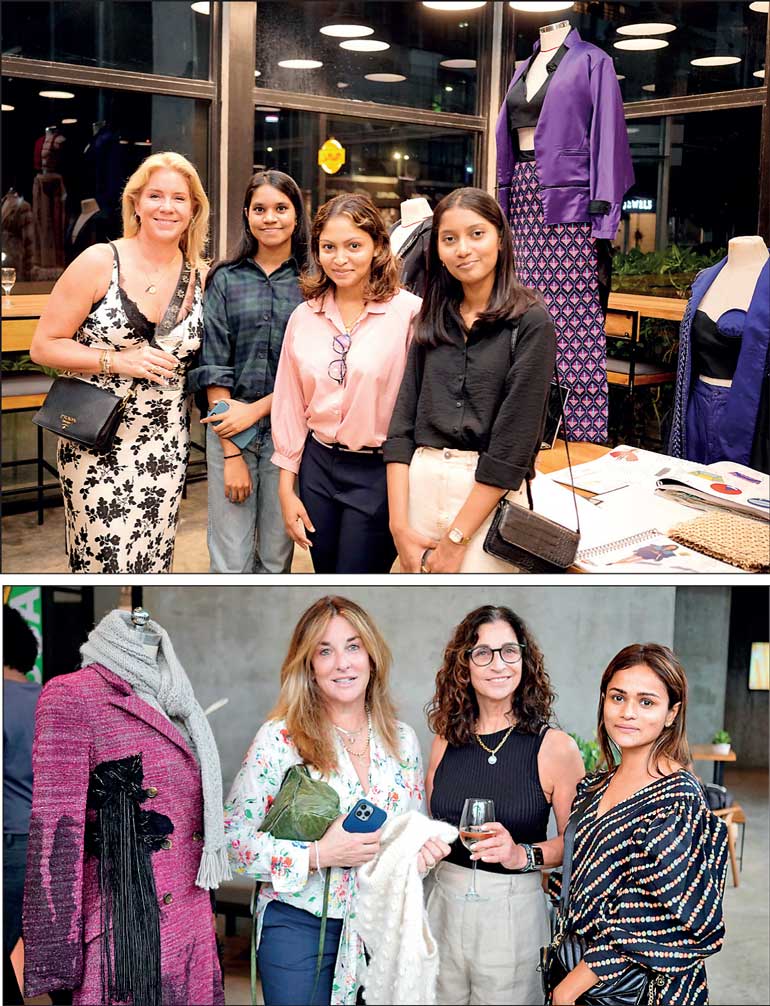
Thursday, 11 January 2024
The BRICS are neither the anti-West nor a bloc
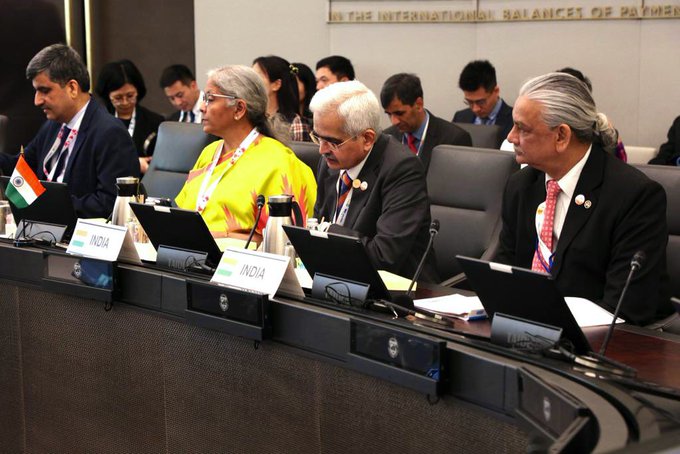 India’s Finance Minister Nirmala Sitharaman at the BRICS Finance Ministers and Central Bank Governors meeting in Washington, D.C. Photo: Twitter @nirmalasitharaman retweet of April 12, 2023 from Indian Ministry of Finance
India’s Finance Minister Nirmala Sitharaman at the BRICS Finance Ministers and Central Bank Governors meeting in Washington, D.C. Photo: Twitter @nirmalasitharaman retweet of April 12, 2023 from Indian Ministry of FinanceTuesday, 26 December 2023
11 hikers dead after Indonesia volcano erupts, dozen still missing
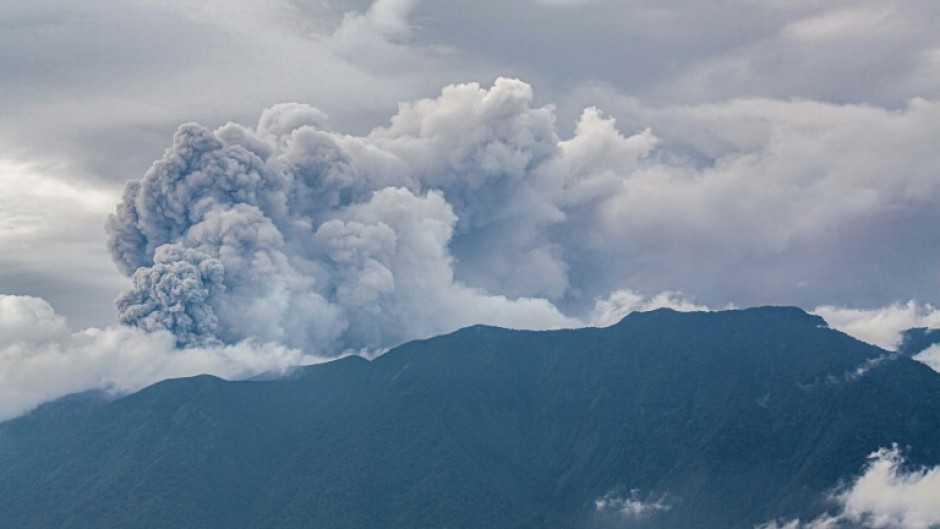

Tuesday, 10 October 2023
World Bank Country Director lists five things Sri Lanka must do on its path to recovery
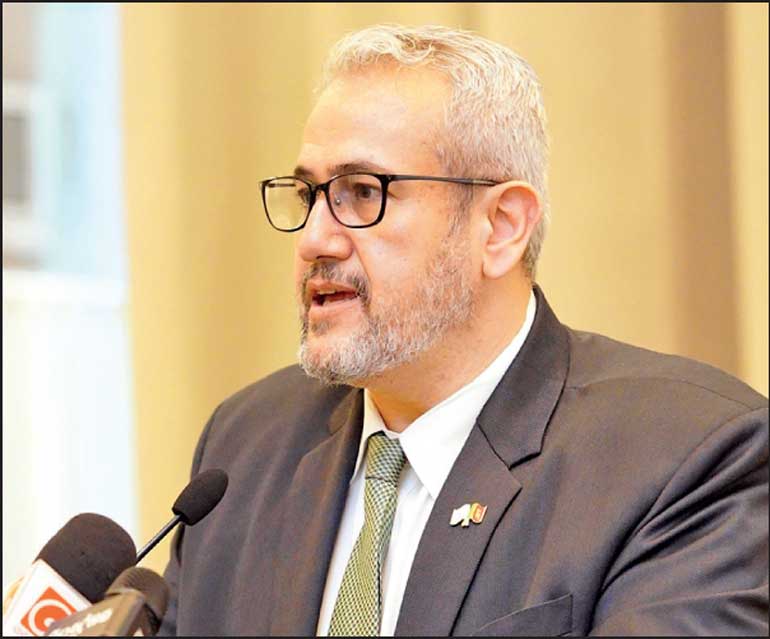
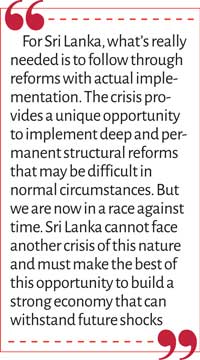
Thursday, 24 August 2023
How gender inequality is hindering Japan’s economic growth


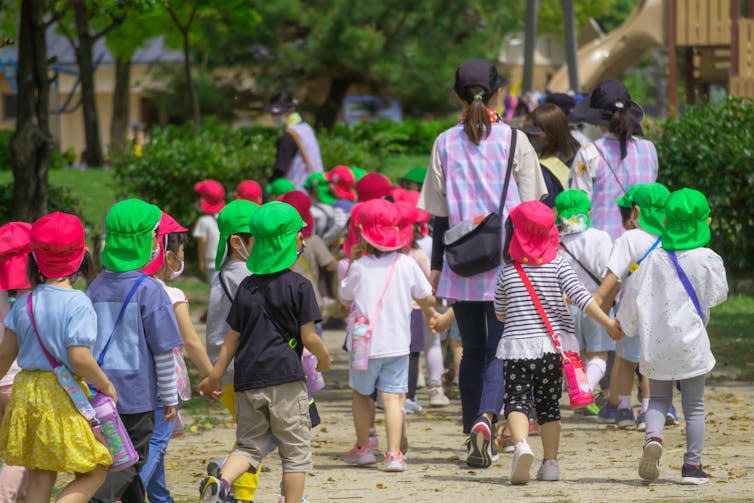


 Sarah Parsons, Senior Teaching Fellow and Lecturer in East Asian Business, SOAS, University of London This article is republished from The Conversation under a Creative Commons license. Read the original article.
Sarah Parsons, Senior Teaching Fellow and Lecturer in East Asian Business, SOAS, University of London This article is republished from The Conversation under a Creative Commons license. Read the original article.
